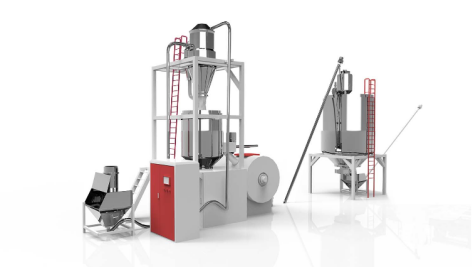DIN Electronics – High Voltage Resonance Capacitors

DIN Electronics is a company with a great reputation for manufacturing quality capacitors for customers around the world. One of their products, high voltage resonance capacitors, are used in industrial and automotive applications such as oxygen generators, air compressors, and alternator controls.
Resonance Capacitors: What are they?
Resonance capacitors are used in electronic equipment to store energy in the form of a capacitor bank, allowing devices to function without the need for constant power supply. Resonance capacitors have a very high energy storage capacity, which is why they are often used in energy-saving applications.
Resonance capacitors also have other uses, such as protecting sensitive electronic equipment from voltage surges or providing transient protection. They are also commonly used in medical technology and industrial controls.
Features of DIN Electronics High Voltage Resonance Capacitors
Some of the features of DIN Electronics high voltage resonance capacitors include short circuit withstand voltage, frequency response, and ripple suppression. Short circuit withstand voltage is tested at 1 million cycles and rated at 1 megavolt. Frequency response is measured at 20 kHz to 10 MHz with 0.1 dB ripple, and ripple suppression is measured at 1 kHz to 10 MHz with a ripple amplitude of 2 microvolts per Hz.
Benefits of High Voltage Resonance Capacitors
There are many benefits to using high voltage resonance capacitors in electronic equipment. These capacitors help to improve the reliability and performance of the electronics by absorbing energy that could potentially cause damage. Additionally, these capacitors can help to reduce power consumption and extend the life of the electronics.
Conclusion
DIN Electronics is a leading provider of high voltage resonance capacitors. We offer capacitor products for industrial and military applications and consumer electronics. Our capacitors are designed to meet the highest standards of performance and reliability.





